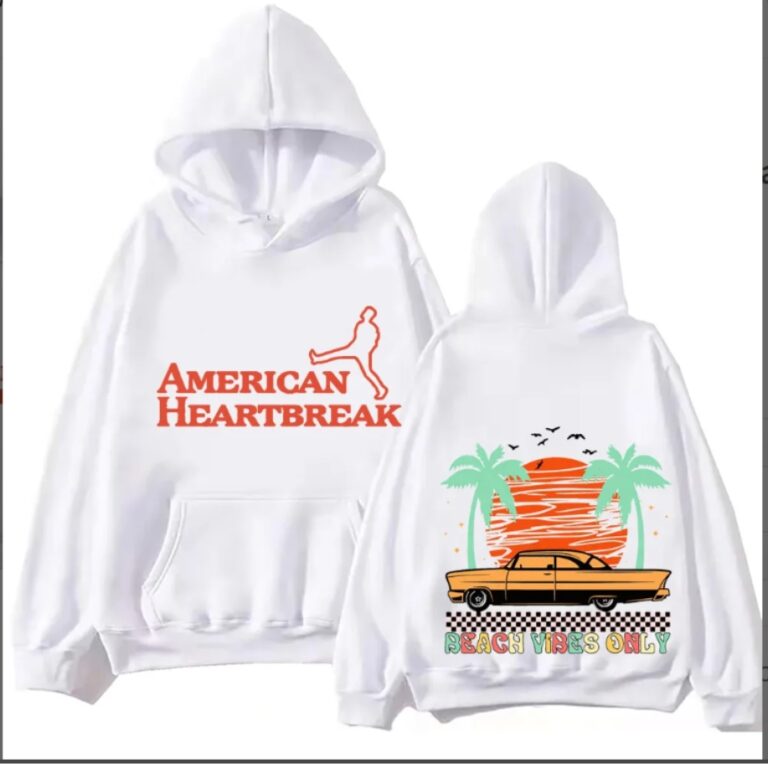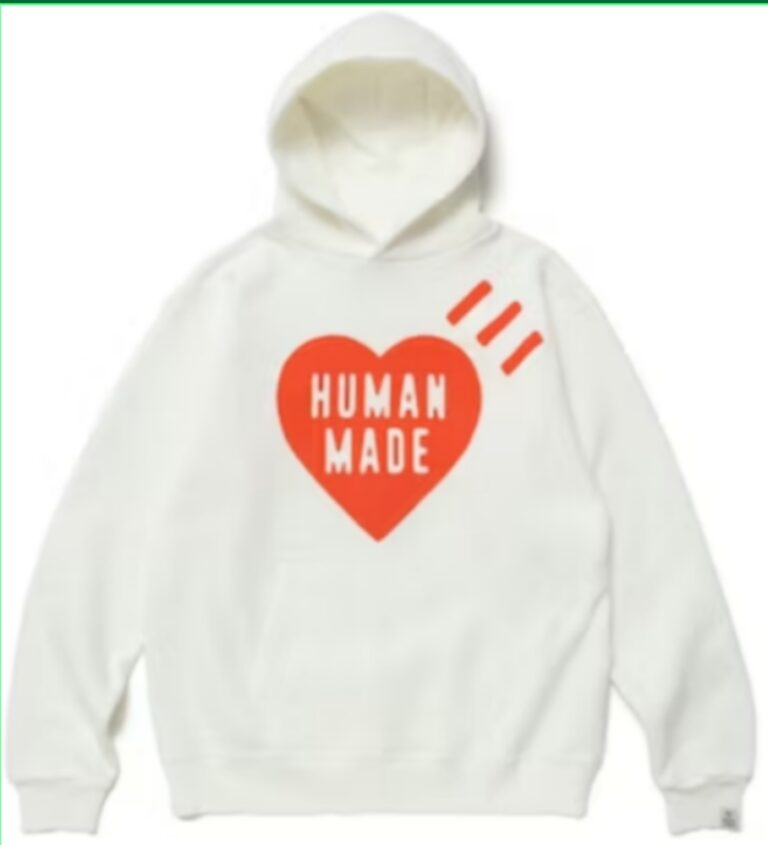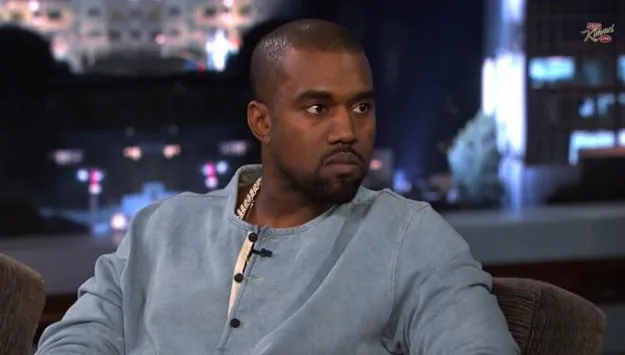Step-by-Step Guide to Design Custom Baseball Jerseys
Hi, all sporty spirits! Welcome to the world of custom baseball jerseys. Baseball is not just a sport; it’s a passion that unites players and fans alike. And what better way to showcase that unity than through the very jerseys worn on the field? Designing a custom baseball jersey is more than just choosing colors and patterns. It’s about crafting a visual identity that captures the team’s spirit. It’s also about creating a symbol that players wear with pride and fans enthusiastically cheer for. The unique design of a jersey can inspire players, boost fan’s excitement, and even intimidate opponents.
This blog is your companion on a creative journey. We’ll walk through the process of designing custom baseball jerseys, step by step. Whether you’re looking to outfit a local little league or dreaming up merchandise for major league fans, this guide is here to help you bring your vision to life. So, let’s get started and turn your team’s identity from a concept into a jersey that can be seen, felt, and cherished.
Let’s Understand the Basics
At the heart of every baseball team is a jersey that’s as unique as the players themselves. Custom baseball jerseys are like a canvas where a team’s identity comes to life. These jerseys are tailored to fit the specific style, colors, and branding that a team chooses to represent itself
- Materials: The fabric of a jersey is its very foundation. It needs to be durable to withstand the slides and dives, yet breathable enough to keep players cool under the summer sun. Common materials include polyester for its moisture-wicking properties and mesh for its ventilation.
- Colors: The choice of colors is crucial. They’re not just shades; they’re a part of the team’s heritage. The right combination can make a jersey pop and stand out on the field. It’s about finding that perfect palette that resonates with the team’s ethos.
- Logos: A logo is the emblem of pride on a jersey. It’s the mark that fans look for and players wear over their hearts. The design of the logo is a delicate balance between aesthetics and symbolism. It captures the essence of the team’s story.
Understanding your team’s needs and preferences is important in this process. It’s about listening to the players who will wear the jersey and the fans who will support it. Do they prefer a classic look or something modern? Is comfort more important than style, or is it the other way around? These are the questions that guide the design process. It ensures that the final product is not just a jersey, but a piece of the team’s soul stitched into fabric.
Set Your Design Goal
When you begin designing your custom baseball jerseys, it’s important to start with a clear vision. This begins by defining who the jerseys are for. Are they for amateur teams looking to make their mark on the local league? Perhaps they’re for school teams aiming to carry their mascot’s colors onto the field. Or maybe they’re designed as fan merchandise, meant to be worn by supporters cheering from the stands.
Setting design goals is like plotting a course on a map; it gives direction to your creative process. These objectives should align with what the jerseys represent and who they are for. They act as a beacon, guiding every choice from the neckline to the hem.
Choosing a color scheme is further a significant part of this process. The colors should be more than just visually appealing; they should tell the team’s story. They should raise the emotions and values that the team stands for. Is it the fiery red of determination? The cool blue of sportsmanship? Or the earthy green of growth? The colors chosen will weave the narrative of the team’s spirit into every thread of the jerseys.
In simple terms, setting your design goals is about knowing your audience, understanding what the jersey signifies, and making choices that bring the team’s identity to life in a tangible, wearable form.
Choose the Right Material
Selecting the right materials for baseball jerseys is also an important decision that blends practicality with performance. The fabric of the jersey is its second skin. It needs to feel comfortable, last through tough games, and look good on the field.
- Polyester: This is a go-to fabric for many sports uniforms, including baseball jerseys. It’s strong, resilient, and doesn’t shrink or wrinkle. Polyester is also excellent at wicking away moisture. It keeps the players dry as they round the bases. However, it’s not as breathable as some other options, which can be a downside on hot days.
- Mesh: Mesh fabrics are all about breathability. With its perforated design, it allows air to circulate, helping to keep players cool. Mesh is often used in areas of the jersey that require extra ventilation. While it’s lightweight and comfortable, it may not be as durable as polyester, especially in areas likely to wear and tear.
- Cotton: Cotton is soft and feels great against the skin, making it a comfortable choice for casual wear. However, for a game as dynamic as baseball, cotton’s absorbent nature can be a drawback. It tends to soak up sweat, becoming heavy and potentially causing discomfort during play.
The ideal material for a baseball jersey is one that stands up to sliding into home plate, diving for fly balls, and celebrating a home run. It should keep the player comfortable, whether it’s the first inning or the ninth. Durability, comfort, and the ability to maintain a sharp look are key factors that will guide teams in choosing the best material for their jerseys.
It’s Time to Design a Custom Baseball Jersey
Designing a custom baseball jersey is a journey from ‘concept to reality’. Here’s a quick step-by-step guide to help you through the design process:
Step 1: Sketch Your Ideas
- Start with a simple sketch of the jersey. It doesn’t have to be perfect; it’s just to get your ideas down on paper.
- Think about where you want the logo, numbers, and any other graphics to go.
Step 2: Incorporate the Team’s Logo and Mascot
- The team’s logo and mascot are central to its identity. Place them where they’re visible but not overwhelming.
- Ensure the logo is clear and the mascot is recognizable, even from a distance.
Step 3: Selecting Fonts and Graphics
- Choose fonts that are easy to read. Bold, block fonts work well for numbers and names.
- For graphics, simplicity is key. Simple lines and shapes can be more impactful than complex designs.
- Make sure all graphics are high-resolution to avoid any blurriness when printed.
Step 4: Color Coordination
- Use the team’s colors consistently throughout the jersey.
- If you’re using multiple colors, make sure they complement each other and don’t clash.
Step 5: Finalizing the Design
- Once you have all the elements in place, step back and look at the jersey as a whole.
- Ask for feedback from team members and make adjustments as needed.
- Remember, the jersey should represent the team’s spirit, so it’s important that everyone feels good about the final design.
By following these steps, you’ll create a jersey that will be a true representation of your team’s identity.
Closing Notes!
In conclusion, designing custom baseball jerseys is an art that combines creativity with strategy. It’s about understanding the basics of what makes a jersey both functional and symbolic. From choosing the right materials to setting design goals, each step is crucial in creating a jersey that looks good and resonates with the team’s spirit.
By following the guidelines Sportuniform outlined, you’ll be well on your way to designing a custom baseball jersey that stands out on the field and tells the story of your team. So gather your ideas, consult with your team, and embark on the rewarding journey of bringing your team’s vision to life. Play ball!






